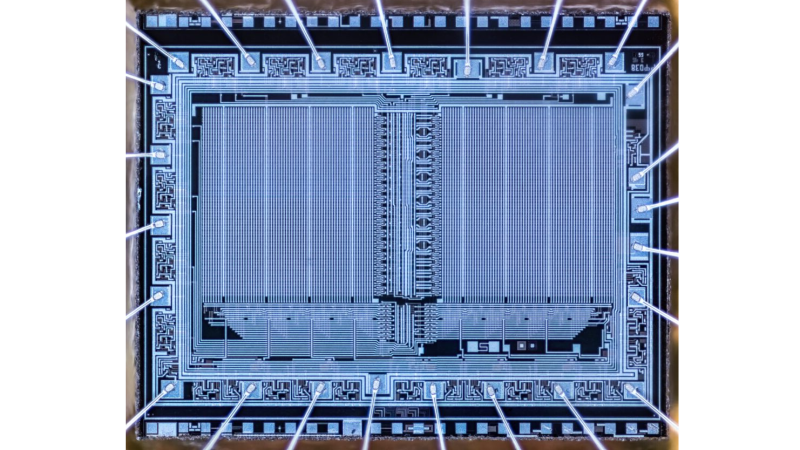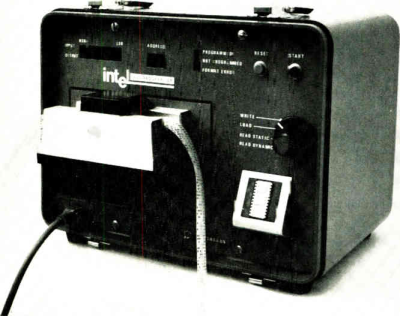
An article on the history of EPROMs in the Soviet Union by [Vladimir Yakovlev] over at The CPU Shack Museum caught our attention. It is part one of a series on the topic, and walks you through the earliest Soviet EPROMs families.

The first of which, from the 1970s, is the K505RR1 developed and manufactured in Kiev, equivalent to the first-generation Intel 1702A. It could hold 2048 bits, organized as 256×8, and offered a whopping 20 reprogramming cycles and data retention of 5000 hours.
The narrative proceeds to introduce several subsequent generations, design facilities, manufacturing techniques, and representative chip examples. A few tidbits — unlike Western EPROMs, the Soviets managed to put quartz windows in plastic packages (see the KP573 family).
In addition to the common gray or white, they also used different terracotta colored ceramic packages. An odd ceramic flat-pack EPROM is shown, and also some EPROMs whose dies have been painted over and re-badged as OTP chips.
Intel began producing EPROMs in 1971 as reported by the inventor, Intel’s Dov Frohman-Bentchkowsky, in Electronics Magazine’s 10 May edition (pg 91). We learned, amongst other things, that the 1701 did not have a quartz window, but could still be erased by exposure to X-rays. A friendly word of warning — browsing electronics advertisements from 50 years ago can easily consume your entire morning.
Once the package is sealed, information can still be erased by exposing it to X radiation in excess of 5×104 rads, a dose which is easily attainable with commercial X-ray generators.
To dig deeper, check out the CPU Shack’s write-up on the history of EPROMs in general, and a piece we wrote in 2014 about the history of home computers behind the Iron Curtain.
Exploring the History of EPROM in the Soviet Union
Source: Manila Flash Report
0 Comments